I was almost sent to the gulag yesterday for having the audacity to ask my teen son to take some ground turkey out of the freezer to defrost. Worst 34 seconds of his life I'm sure.
It's not spam. These communities don't just magically spring up from nothingness, there are people that have to contribute to these to get them started and to get them to grow. If you don't like what you see, then block them, but go take a look at @Martineski@lemmy.fmhy.ml profile and you'll see they've done more to help this instance and multiple communities grow than just about anyone else.
Lemmy is still new, if you have a suggestion on how you would like to see things improved good, but complaining about something that you aren't thinking about thoroughly isn't helpful at all.
Kirkland signature wine and spirits (and tons of other Kirkland brand stuff). Not necessary better, but it's so much cheaper and so close to quality that it's a bit brainer to buy it over more expensive stuff. Plus,on a lot of instances the Kirkland signature is made by big companies and rebranded as Kirkland.
If I could relocate to a state where my views aren't swamped by the overwhelming redness of the state, I would in an instant, but sadly it's not in the cards until retirement.
I've had multiple users express to me that they would like to see a name change to lose the porn moniker. If it makes people more comfortable then I'm fine with it.
I think that's a bit harsh. I have Jerboa liftoff and connect installed and they are all good. Are they as good as apps that had a decade to polish up? No, but they're pretty damn good for some new apps and they're certainly nowhere near broken.
Wearing camo and American flag shit in public. Honestly just having American flags on anything now pretty much is the same as that read hat
Jerboa is pretty damn good on Android. No complaints here, coming from relay and RIF
I think the biggest impact is that the early adopters that have left reddit are the heavy users that respected the flow and community of Reddit. So the good of Reddit has come here, but the general populace and the keyboard warriors haven't figured it out yet, fortunately.
It does feel fresh though, like Reddit did when Digg first ate shit and everyone left for Reddit
Yup, Jerboa has been great for using Lemmy on mobile. There are some features I miss coming from Relay, but it's all minor things that don't really impact the overall useability.
I like your view on the situation. Eat the rich

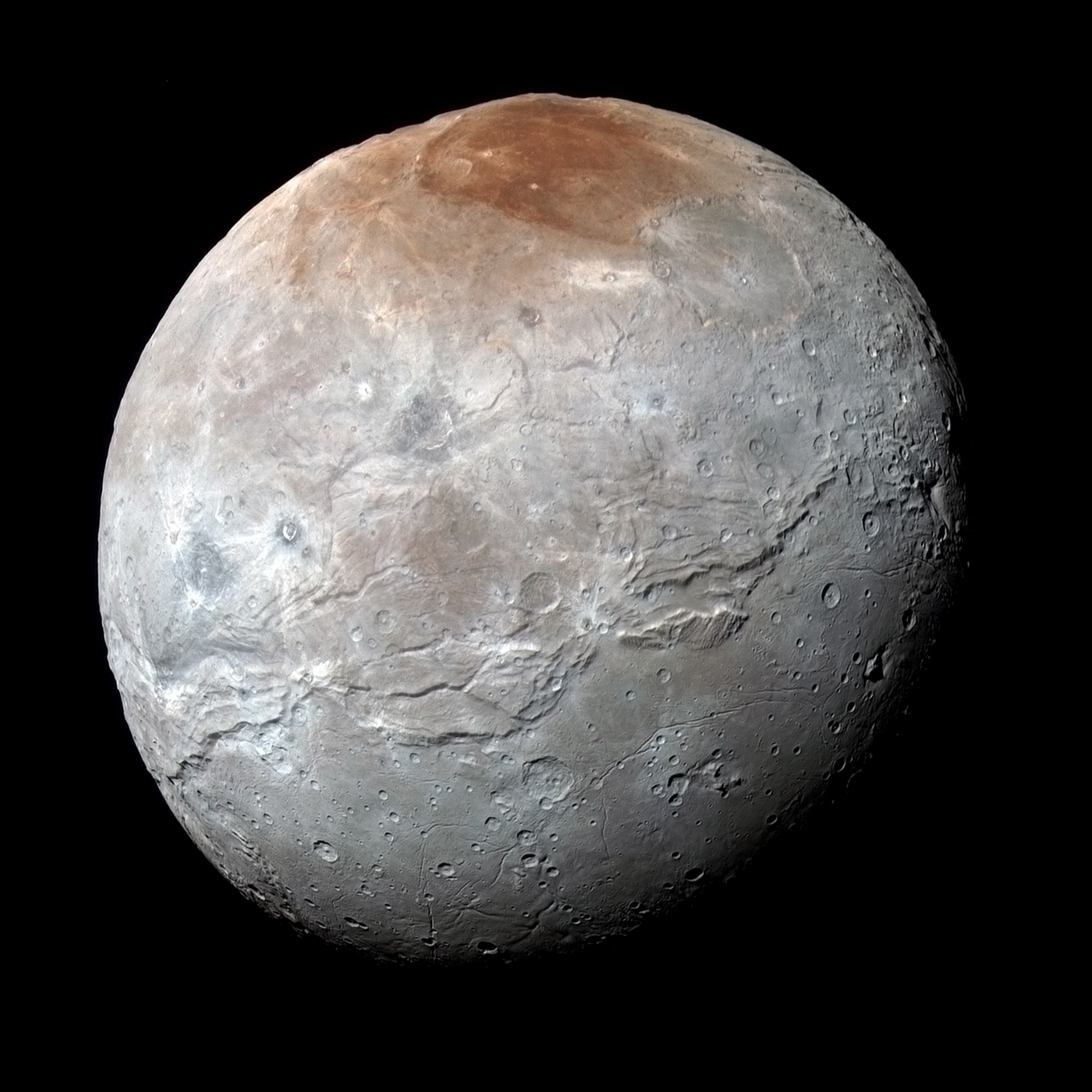
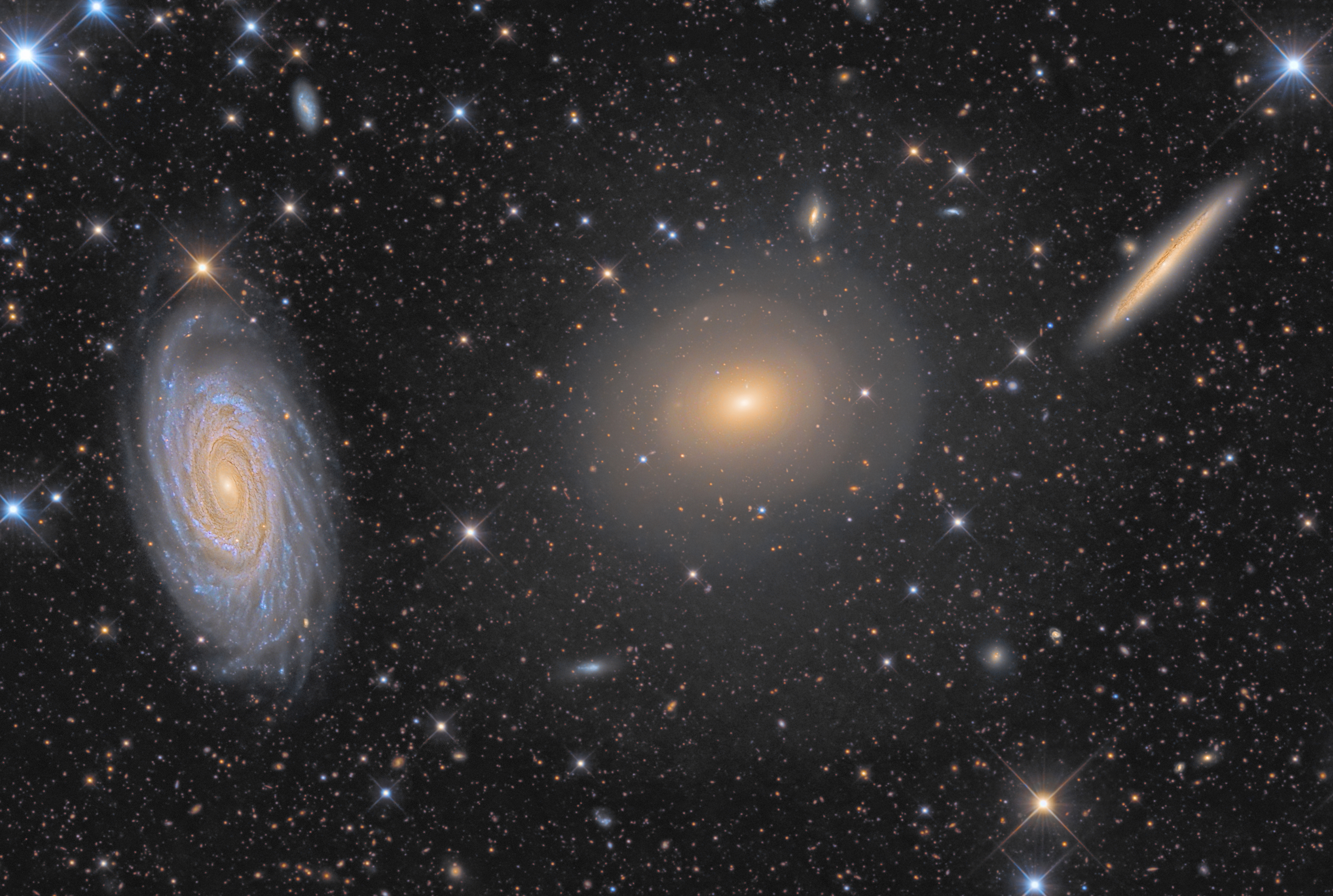
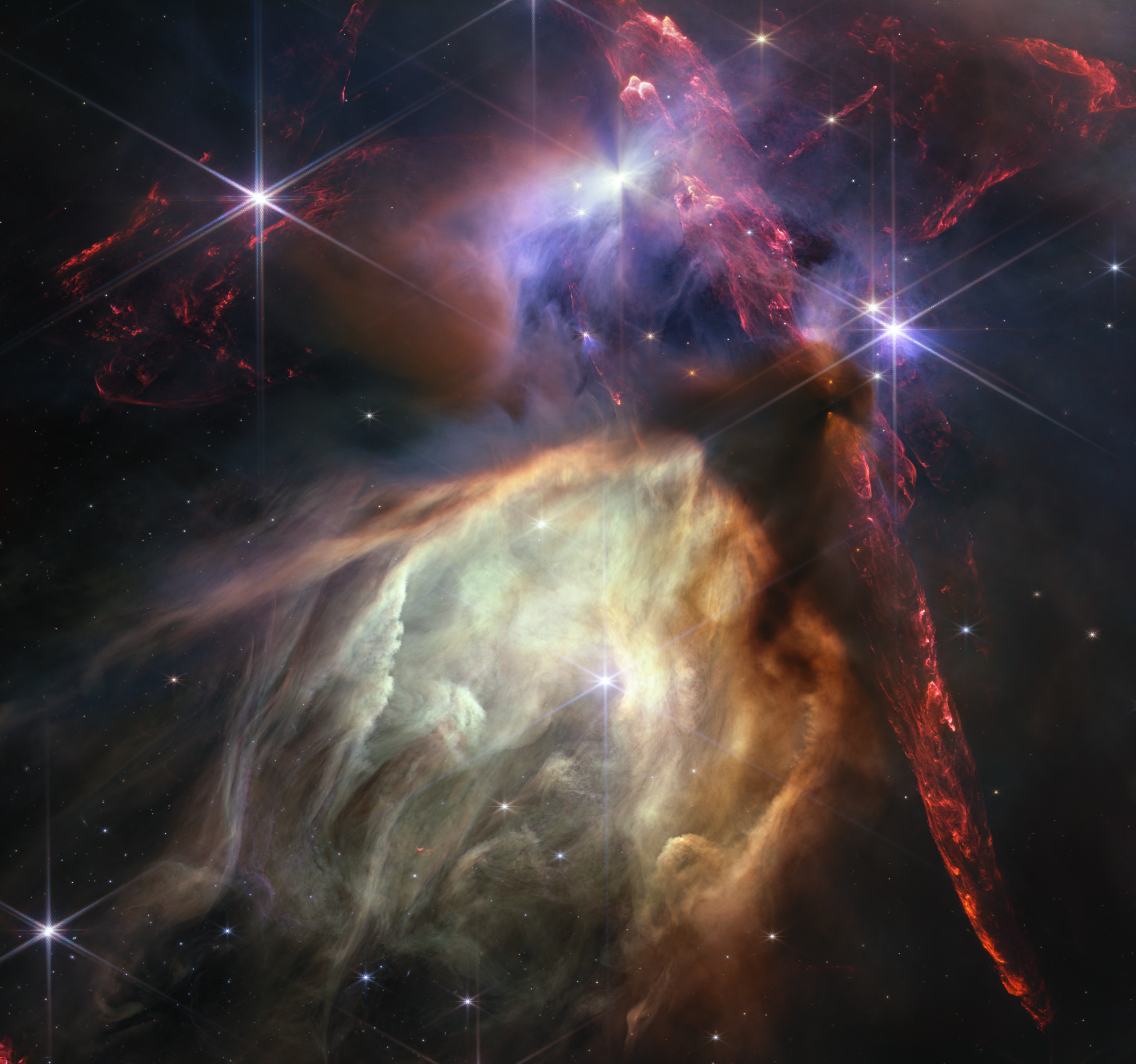
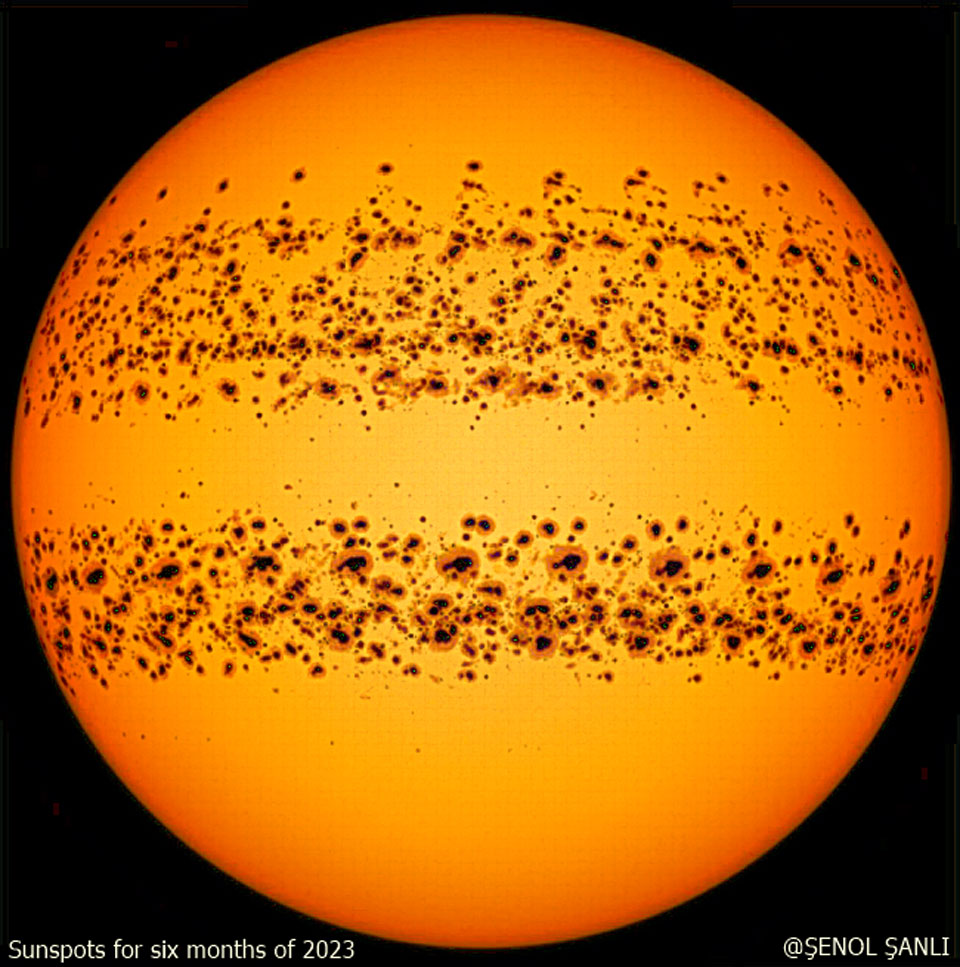



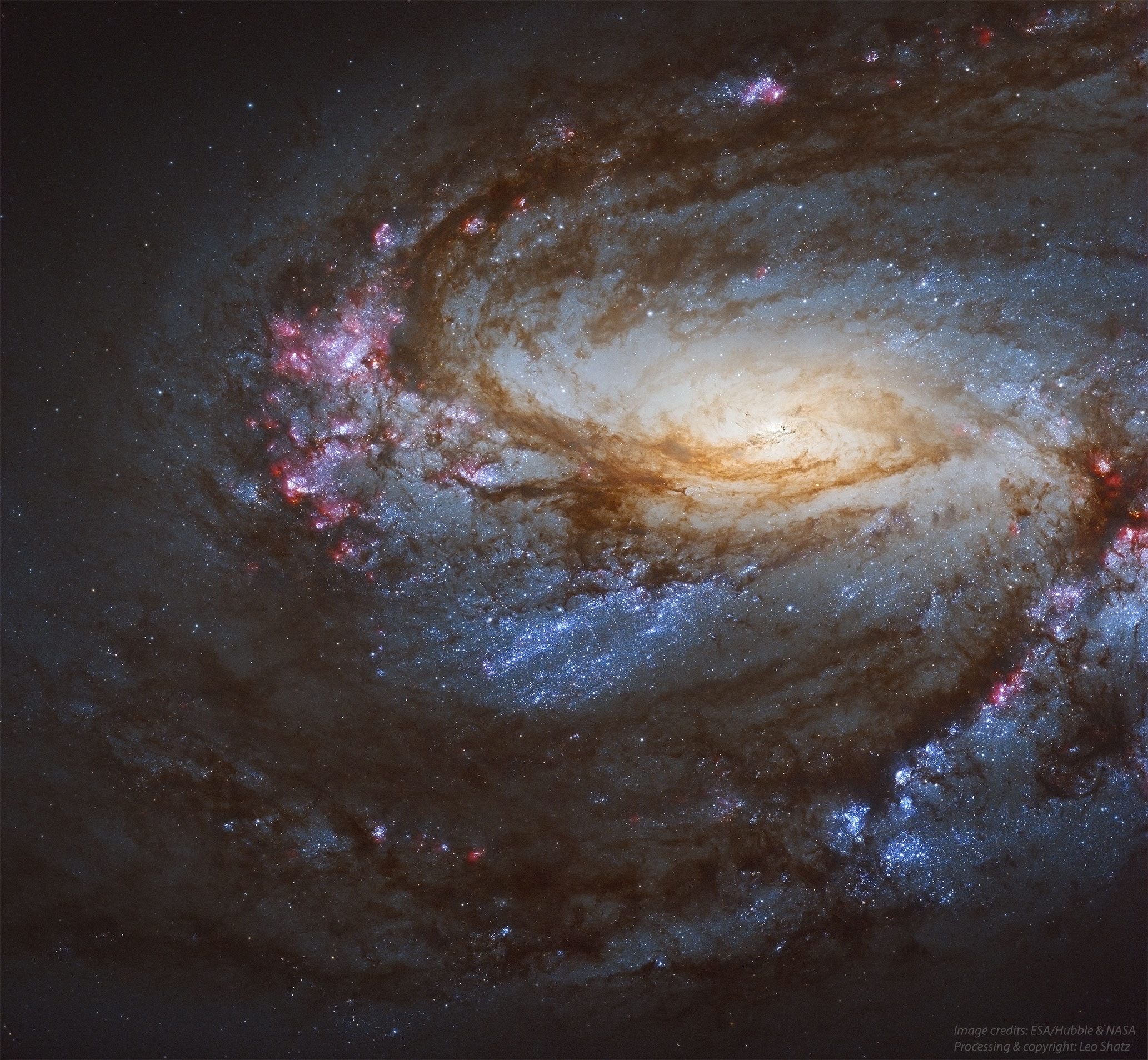
Just block the meme communities and it makes this place a much more engaging site. There's obviously not the same level as reddit yet, but with time it will get there.